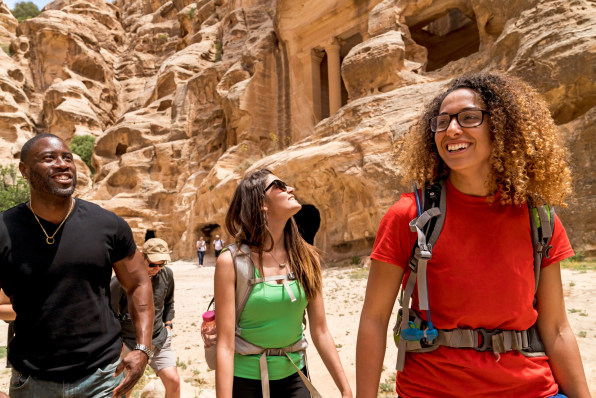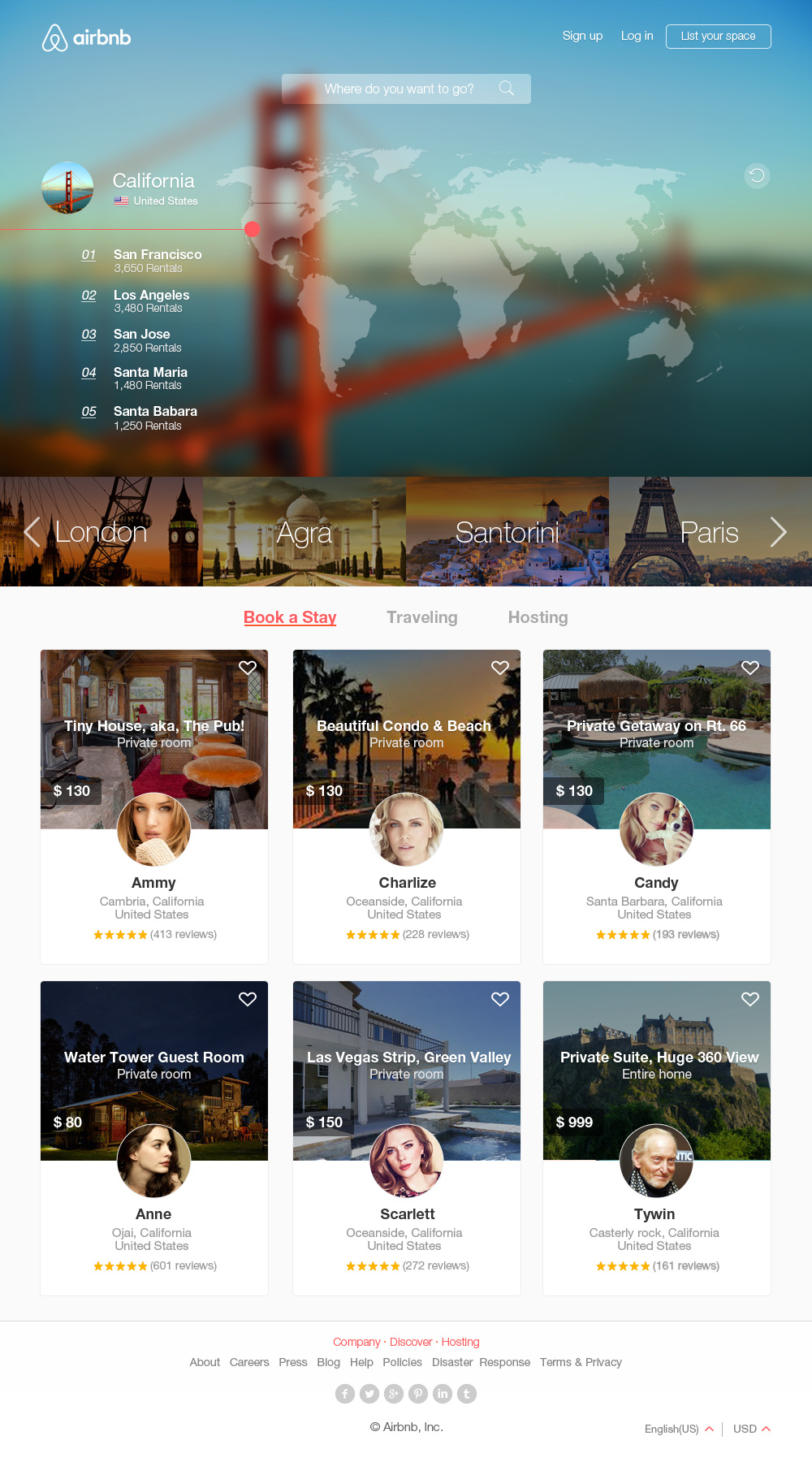

(Don’t get seasick while the ship fights its way through rolling seas.)

National Geographic, for instance, offers stunning photography and virtual travel in its 360VR series the Okavango Experience, in which users join researchers on an expedition through Africa’s Okavango Delta, one of the world’s last wild places.Īmong other NatGeo 360-degree videos is a striking visit to Antarctica with photojournalist Paul Nicklen. Video was evolving even before the most recent virtual reality advances.

We‘ve Zoomed to parties, meetings, family gatherings and exercise classes. They’re part of an evolving communication system that changed our lives in 2020, the year that two-way video became our primary social channel. Some people said they had hit a COVID-19 wall and felt as though they’d never travel again.Įnter the new VR services, which are cheap and fun, allow you to dream - and plan - where you’ll go when travel becomes safer. When the pandemic struck and travel screeched to a halt, globetrotters felt deprived: They couldn’t swim with sea turtles in the South Pacific or laugh at spider monkeys cavorting in the Costa Rican jungle. It doesn’t just show videos of places and things it allows you to interact with the place and its people.Īmazon Explore and a new Airbnb virtual reality service hit the marketplace at the ideal time. Sign up for a tour and do it one-on-one with a guide. I was using a new live-streaming service called Amazon Explore. That’s because I was in my Southern California home, not in Chicago. Although it was 28 degrees, I wasn’t chilly.


 0 kommentar(er)
0 kommentar(er)
